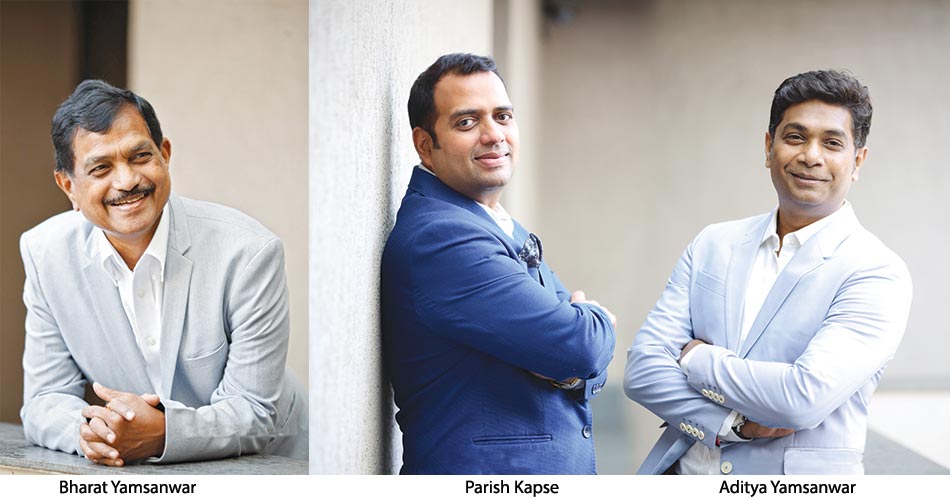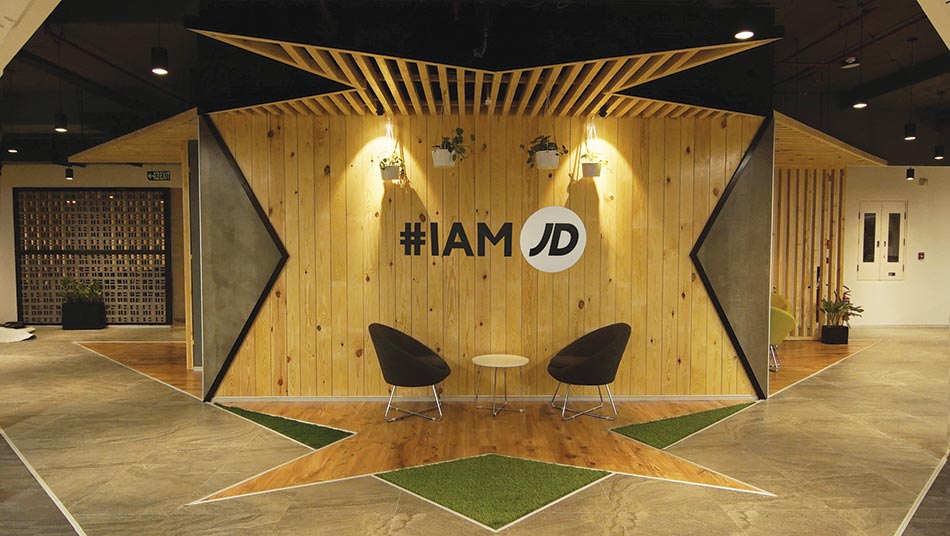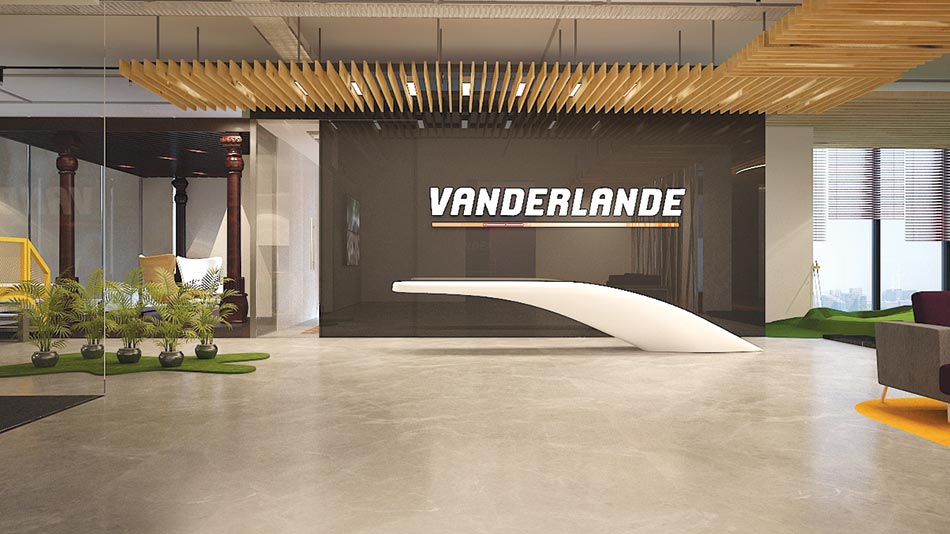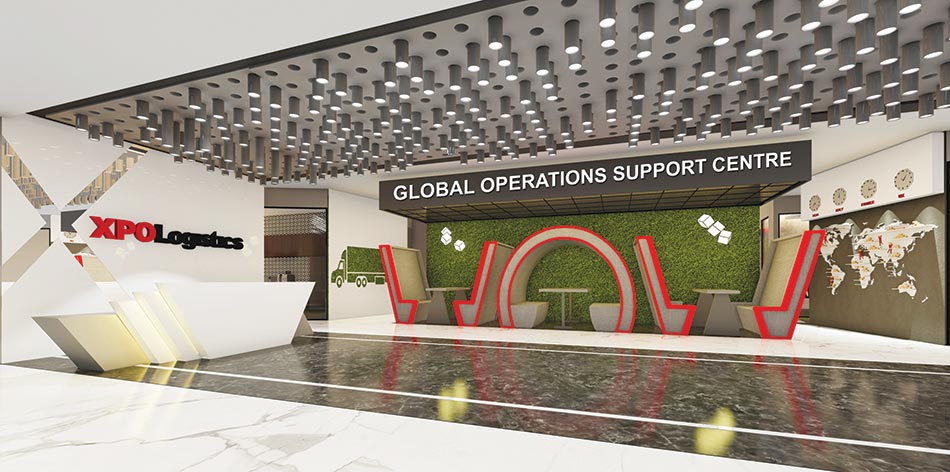
The developing world is seeing a massive boom in construction. This, while being a great opportunity for architects and designers, has opened a Pandora's box. Cities around the world and their haphazard built fabric indicate our shortcomings as architects. Such mushrooming buildings is also due to our perception of what 'modernity' means and our blind aping of designs from the First World countries.
Clients who want their buildings to reflect prosperity, progress, modernity, etc. instinctively imagine smart buildings with a lot of glass etc – a very 'westernized' concept of design. They want to steer clear from having a traditional persona for their buildings for fear that they might be considered not very state-of-the-art. And that is where we are missing the mark.
Looking at the disappearance of the unique architectural and cultural character that defined Indian cities, we have to make a conscious efforts to course-correct rather than dwell on the past
Buildings in the West are contextually designed for their geographic conditions; they do not work for us! As architects, it becomes our responsibility to provide clients with facts and figures and present them with designs that ensure a contextual flavor in their buildings. This way, architects can help shape cities where buildings have their own unique identities, with features that respond to their site-specific conditions in a sustainable way. Each region has its own cultural and ornamental characteristics, which should be smartly imbibed in the building design, at least in the facade.
 JD Sports
JD SportsContextual, common sense design: In the simplest terms, sustainability in architecture is the process of minimizing the impact of our designs on the environment and vice-versa by making buildings more energy efficient through use of eco-friendly materials and solutions such as sun and rain shading, orientation, etc. In traditional architecture, and even in the traditional way of living – not just in India, but across the globe – such practices have always prevailed.
Local construction techniques and building formats evolved to find typologies that were best suited for their particular conditions – be it dwellings in the deserts of Rajasthan, or the pagodas specific to South Asia. The aptness of the designs to their local context was the traditional interpretation of sustainability – and hence easy to achieve.
 VANDERLANDE
VANDERLANDEBut the advent of modern design reduced this ingenious design-thought to 'vernacular' type of architecture, replacing it with a more global format that was neither relevant to most contexts, nor the most efficient in the use of materials. This, so-called modern design, has led to the various certifications based on the sustainability quotient of buildings, thereby making 'sustainability' just another metric on the checklist.
If the building bylaws and green accreditation bodies make it compulsory for architects to incorporate local elements and eco-friendly features in design, buildings will automatically acquire a local character. If we make a conscious effort to draw inspiration from traditional practices and materials, and collaborate with local artisans and craftspeople, we will create buildings that are beautiful and sustainable. It will also be a way to revive our dying arts and crafts and use their wealth of knowledge and sense of aesthetics to design buildings that will be future-proof
 XPO Logistics
XPO LogisticsUse technology wisely: We have access to a variety of tools and technologies to aid design, yet, the use of technology is not as efficient, or as pertinent, as it could be. We have fallen into the trap of using technology blindly. We forget that the output is only as good as the input, and that the system can only work as effectively as the data we feed it. The key is to allow technology to inform our design, not control it. As architects, we must creatively use the tools to our advantage - to perfect our designs.
New technologies like Artificial Intelligence and Machine Learning, for instance, can help eliminate design flaws at the conceptual stage, and also incorporate functional and ornamental elements if imputed well, while Virtual Reality and Augmented Reality can help in visualizing a space before it takes a tangible form. Similarly, smart building technologies can add value to the overall building and design process. New technologies are emerging rapidly, and we need to embrace them well if we are to use them to give shape to a client's aspirations.
Accountability for our actions: At Team One Architects, we have integrated sustainability into our design culture. We also believe that while we continue to infuse unique architectural and cultural character in our structures and spaces, we must understand that our designs and our buildings do not exist in isolation but are part of the overall ecosystem. We need to rethink our approach to design; sustainability and traditional wisdom are not items to be ticked off the checklist; rather, they must be at the heart of everything we do, if we are to create better cities for future generations to inhabit.















